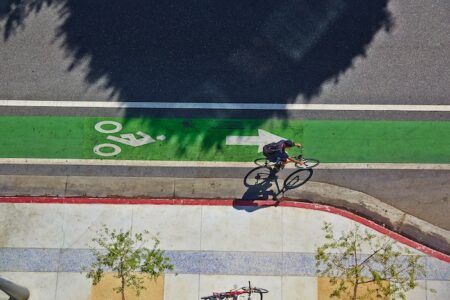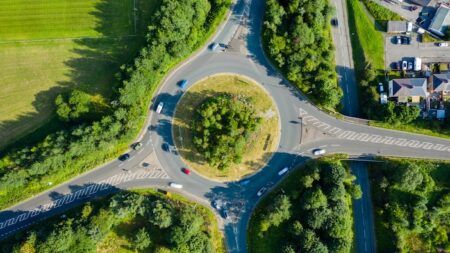Canadian developer of AI-based (artificial intelligence) traffic management technology Miovision has launched two new products to measure multimodal traffic and a whitepaper examining how cities should evaluate the accuracy of traffic data.
At a livestreamed event in the company’s home city of Kitchener, Ontario, Miovision launched new advanced modelling systems to help cities modernize their approach to traffic management. The two new products are:
- E-scooter counts – Miovison has launched e-scooter studies as a new product available for traffic data gathered via the company’s fully-connected Scout portable video data collection device. This allows cities and towns to quantify e-scooter use on their streets, including volumes and turning movement counts. The e-scooter studies are now available in beta mode;
- Safety Analytics – Municipalities using the Miovision TrafficLink software platform to modernize their traffic signals can now get detailed Safety Analytics reports to help them identify issues before collisions happen. The first two reports available under Safety Analytics identify how many vehicles ran red lights and how many pedestrians crossed against the traffic light. Identifying when vehicles and pedestrians are ignoring the traffic signal can help traffic engineers identify potential safety issues before crashes occur.
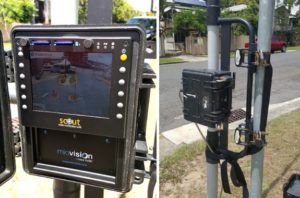 “E-scooters offer cities a great environmentally-friendly, affordable, short-distance mobility option,” said Tim Lavell, Miovision’s VP of revenue operations. “But, when unfamiliar users try a new mode of transportation, safety is a concern. A 2018 study found that riding e-scooters can be 13 times riskier than biking and 100 times riskier than walking. Cities and towns need accurate data on how this new mode of transportation is being used to identify what they can do to make road networks more hospitable for e-scooter riders.”
“E-scooters offer cities a great environmentally-friendly, affordable, short-distance mobility option,” said Tim Lavell, Miovision’s VP of revenue operations. “But, when unfamiliar users try a new mode of transportation, safety is a concern. A 2018 study found that riding e-scooters can be 13 times riskier than biking and 100 times riskier than walking. Cities and towns need accurate data on how this new mode of transportation is being used to identify what they can do to make road networks more hospitable for e-scooter riders.”
Miovision’s VP of product management and corporate programs, Erin Skimson, added, “In crowded cities, it’s easy to become impatient. But, when a driver runs a red light, or a pedestrian crosses against the light, they are putting themselves, and others, at risk. The consequences are dire; nearly 125 people are killed every day in North America. What cities and towns need is accurate, 24/7 traffic data to show them where the high risk intersections are, so they can make improvements, before someone is hurt or killed.”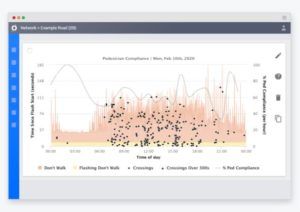
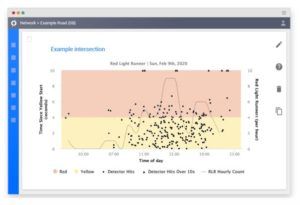
Miovision also released a white paper exploring how cities and towns should evaluate the accuracy of their traffic data gathering tools. The paper, ‘Exercising Your Right to Know Real-World Solution Performance’, makes an argument for auditing methods that check traffic data gathered against real-word results, providing a much needed ‘ground truth’ to establish how accurate the data gathered in the field actually is. Miovision’s approach, which uses video and machine vision, is easily auditable by humans. Using video allows auditors to view the same video its systems see. That means they can determine what the data should be and check the accuracy of the company’s products. That allows Miovision to continually improve its machine vision to improve real-world accuracy for all its customers.
“We believe that what gets measured gets improved,” said Kurtis McBride, Miovision’s co-founder and CEO. “But, to get meaningful results, you have to have accurate data. Bad data only leads to bad decisions. That’s why we’ve designed our systems to be easily auditable and continually improving.”



